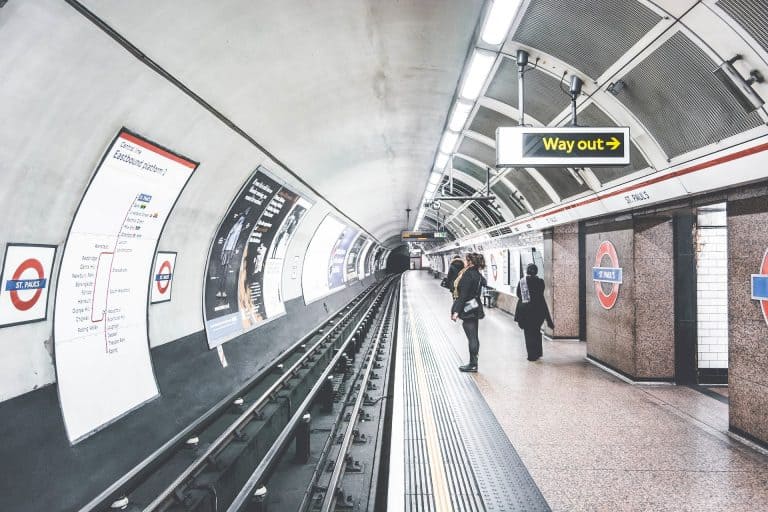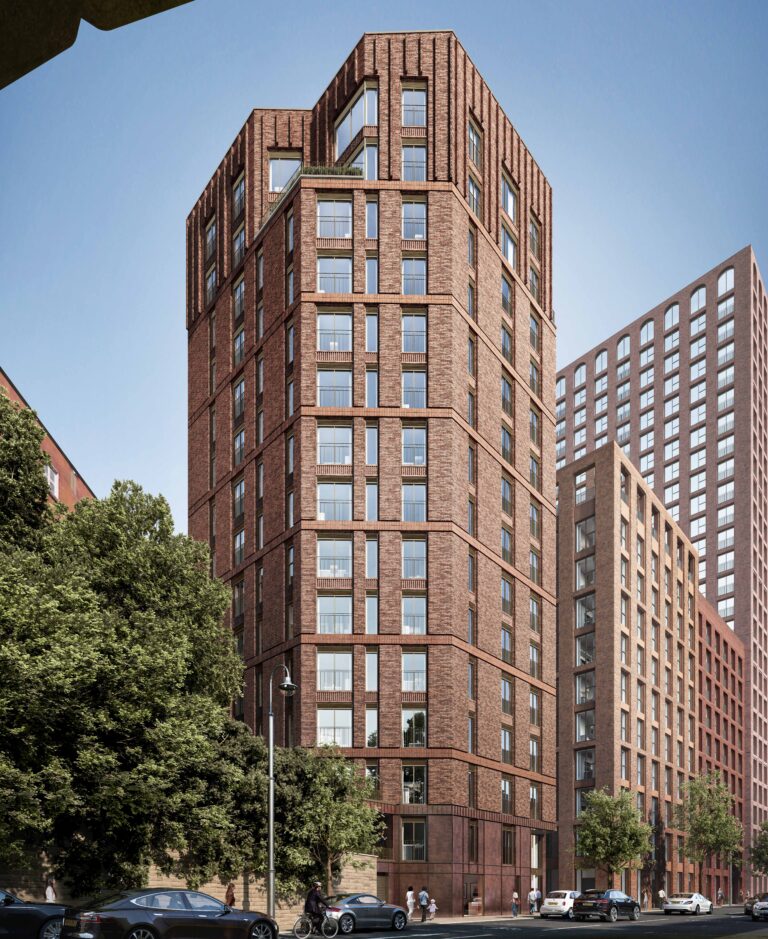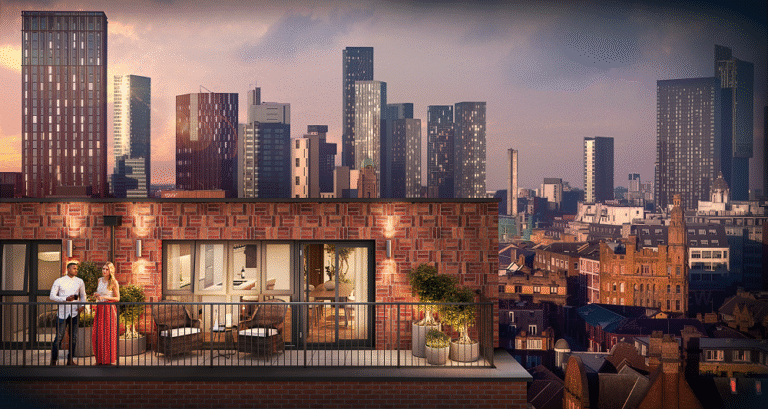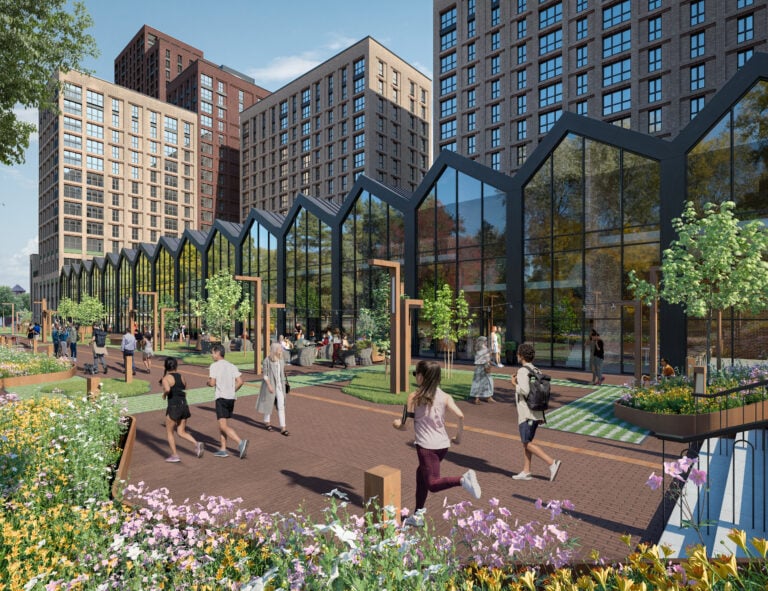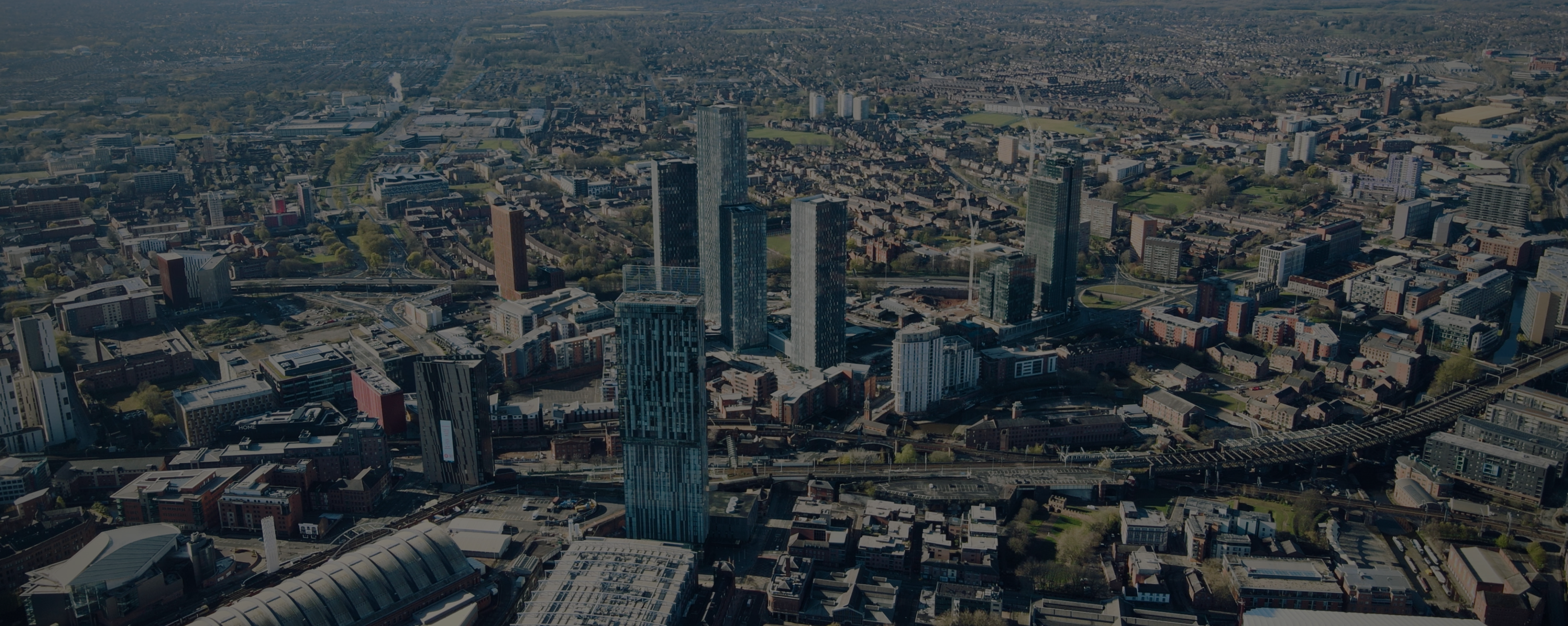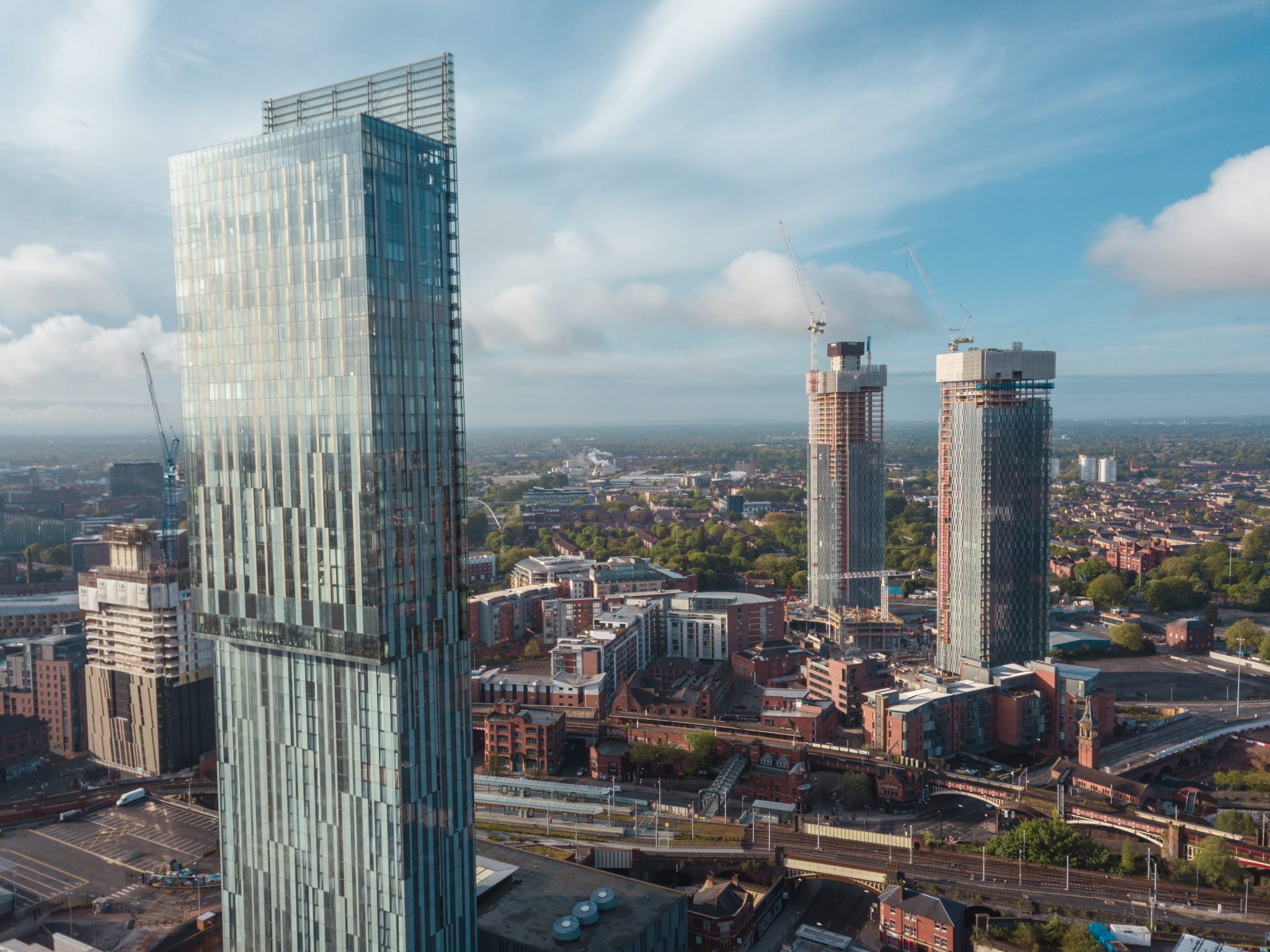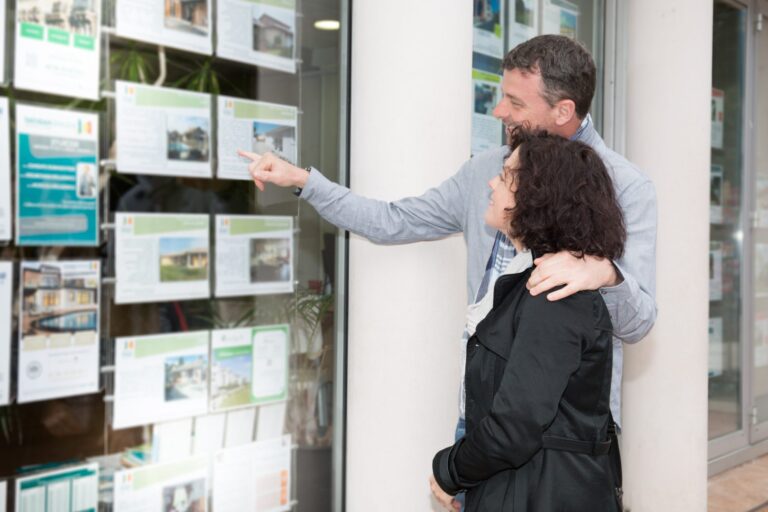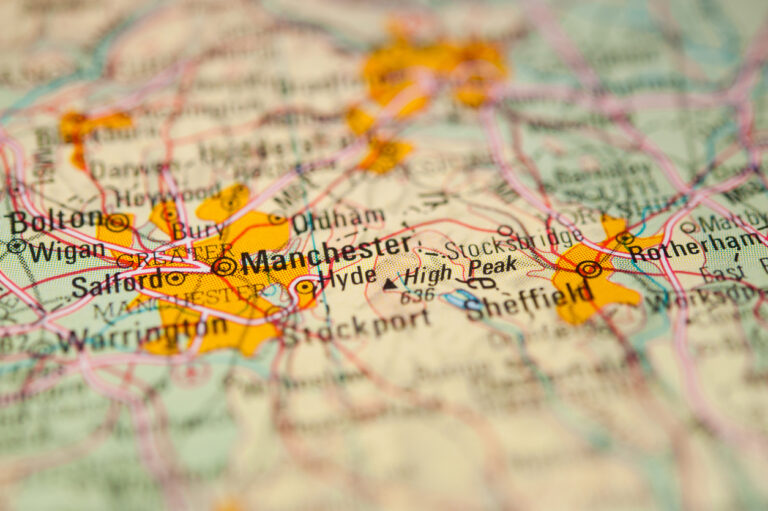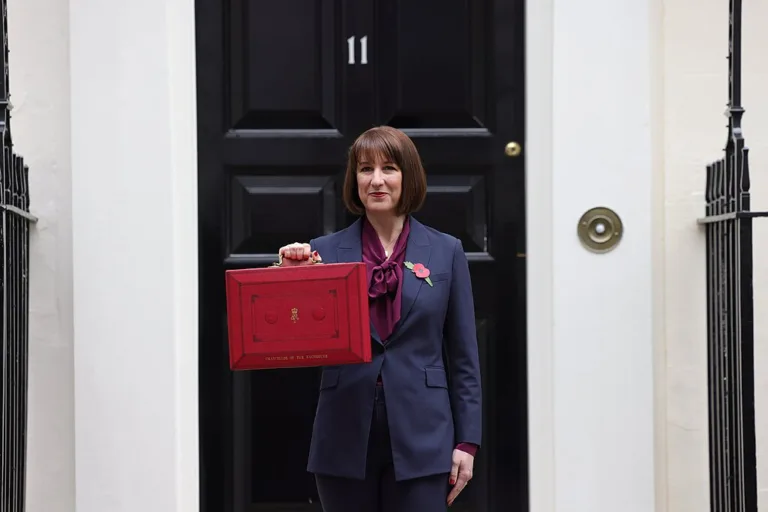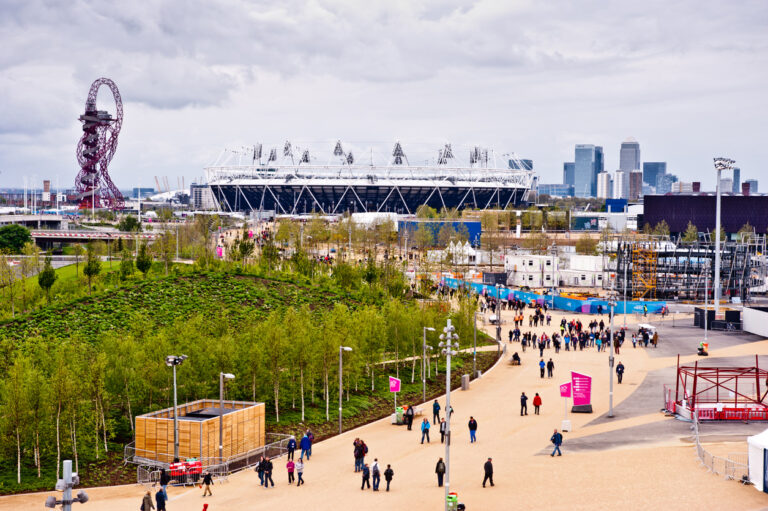The Elizabeth line cost £18.9 billion to build and, since it opened in May 2022, it has become the UK’s busiest railway, accounting for one in six train journeys across the entire country.
The line runs from Reading and Heathrow in the west, through central London and on to Shenfield and Abbey Wood in the east – a 73-mile route connecting many previously isolated areas directly to key employment and leisure centres.
Its impact on house prices has been substantial. In the areas around the best-performing stations, prices grew by up to 150% between when construction started in 2009 and when the line opened in 2022 [2].
Where investors made money
It was the eastern end of the line that saw the biggest gains. House prices at Maryland Station in Newham jumped by 108% in ten years, up from £233,480 to £486,235. In Manor Park, they rose 127% and by 120% in Seven Kings and Goodmayes [3].
But western stations weren’t that far behind. Ealing Broadway’s house prices shot up by 42% to £882,000, and Southall’s saw a 48% rise to £423,000 [4].
Outside London, the pattern continued. Havering saw house prices rise 11% in the first 12 months after the line opened, with the median going from £417,000 to £462,000 [5].
According to Rob Anderson, research director at the Centre for London think tank, the Elizabeth line “changed where the boundaries of the city are” by opening up badly connected areas. For investors, that boundary shift matters because you get more property for your money as well as improved connectivity.
Rental growth
The impact on rental yields has also been significant. Between June 2022 and June 2025, rents near Elizabeth line stations rose by 28% [1]. However, there were some notable hotspots where the rises were even more pronounced. Southall recorded the steepest rises, with the average rent for a two-bedroom property jumping 53% from £1,288 in 2022 to £1,970 in 2025, and Slough’s rents went up by nearly a third, from £1,167 to £1,529 over the same period [1].
Not every location saw strong gains. Brentwood recorded the smallest rental increase at 15% [1].
Why it happened
TfL figures show 378,000 additional jobs were created along the route between 2015 and 2022. In Abbey Wood, for example, it led to a 6% rise in new homes and an 11% boost in employment access [6].
More jobs mean more tenants. More tenants mean better yields. And better connectivity drives capital growth.
Timing played a role, too. The line opened just as hybrid working took hold. TfL and Department for Transport research found the “increased attractiveness” of peripheral stations – from both better connectivity and new working patterns – made suburban areas “more attractive”, creating “demand and price growth around these places” [6].
New home prices across London rose 34% since 2016, compared with 13% for existing stock [2].
The investment lesson
The biggest gains went to investors who bought in the very early stages. In Newham, home to the eastern Elizabeth line stations, investors who bought in 2012 saw an 88% increase by 2025 [1]. In Ealing to the west, early investors who bought in 2012 gained 78% over the same period [1].
Those who invested closer to opening saw more modest returns. Buyers who entered the market in 2020, before the line opened, gained 10% in Newham and 16% in Ealing by 2025. Even those who bought at opening in May 2022 saw gains of 2.3% in Newham and 4.4% in Ealing by 2025 [1].
TfL will, no doubt, use this success to argue for Crossrail 2, and the Bakerloo line and DLR extensions – each likely to provide significant investment opportunities.
[1] Office for National Statistics / BBC News analysis
[2] CBRE research
[3] Rightmove data
[4] Savills research
[5] HM Land Registry / Bloomberg analysis
[6] Transport for London / Department for Transport
